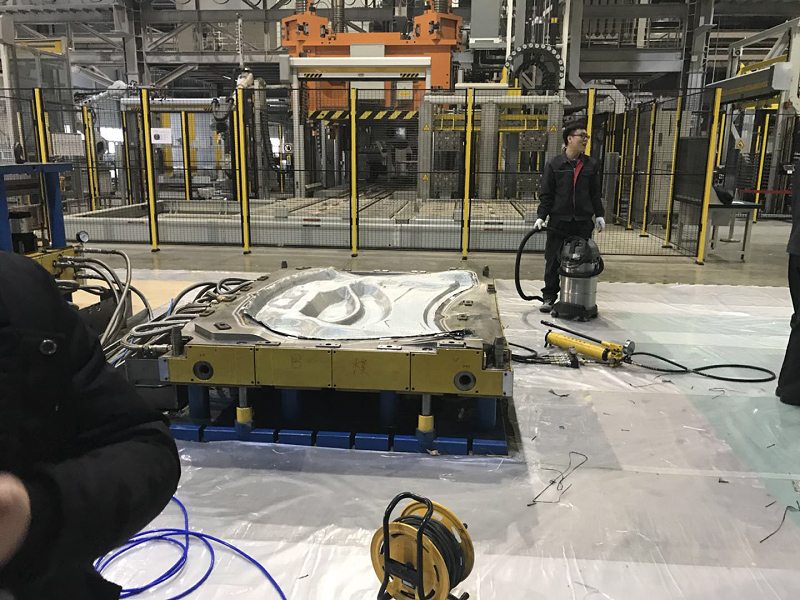Resin injection molding process and its application
 Nov 13, 2023|
Nov 13, 2023| View:298
View:298ResinTransfer Molding (RTM) is a new composite material molding process that has evolved from wet layup and injection molding processes.
The vacuum assisted resin injection molding process is an advanced composite material manufacturing technology with a wide range of applications, which can be applied in aerospace, automotive manufacturing, construction and other fields. This process uses polymer materials as the matrix and injects resin into the preformed reinforcement material through vacuum assistance, allowing it to cure under certain temperature and pressure conditions, thereby obtaining the desired shape and performance of composite components.
The technical origin of RTM:
| 1、1960s to 1970s:Some sources suggest that it originated from the "MARCO" method in the 1940s. The initially developed technology was mainly in Europe. 2、1960s to 1970s:In the field of fiberglass, the focus will be on injection molding and sheet molding. Although RTM has lower costs, its technical requirements are high, especially for raw materials and molds, which poses certain difficulties in large-scale promotion, resulting in slow development. 3、 In the 1980sDue to the increasingly strict regulations on production environment in industrialized countries, such as the United States and the United Kingdom, which limit the concentration of styrene in work areas to 100 × 10-6, limited concentration of 50 in Nordic and Japanese countries × For grades 10 to 6, manufacturers have to abandon traditional hand layup and spray molding processes and seek low styrene volatilization processes that comply with environmental regulations. At the same time, with the development of raw materials and processes, as well as the continuous progress of forming technology, coupled with the many advantages of RTM technology itself, such as small tolerance of molded parts, high surface quality, lower molding pressure compared to SMC, diverse production and processing organization methods, low investment, and high production efficiency, it has received attention from various countries. |
4、Around 1985:
The second generation RTM, which aims to shorten the molding cycle, improve surface quality smoothness, and enhance quality stability, has begun to be applied. The typical feature of the second generation RTM is the use of a medium temperature curing system and the use of preformed fibers, which significantly improves production efficiency. The single mode production cycle is shortened to 20-30 minutes, and vacuum assisted molding has been widely used.
5、In the 1990s:
The third-generation RTM process, characterized by higher efficiency, began to be applied in the mid-1990s. The molding temperature of polyester resins was raised to over 120 ℃, and the molding efficiency reached 5 minutes of single mode production. Representative products include the car spoilers produced by French company Sortira for Ford, with a daily production capacity of up to 800 pieces and production efficiency comparable to SMC.
An important development direction of RTM technology is the overall molding of large components. The process methods represented by VARTM, Light-RTM, and SCRIMP are mainly applied to the overall molding of large or extra large components such as automobiles, boats, and fan blades.
MOQ order quantity for resin: 20KG
MOQ order quantity for fiberglass: 10 square meters
MOQ order quantity for additives: 5KG













